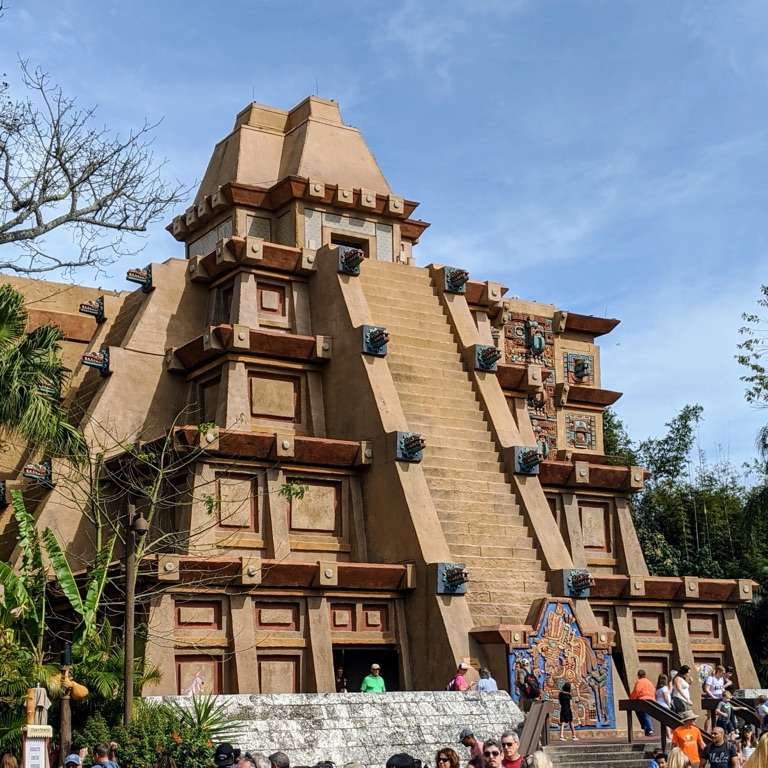Introduction
Pyramids stand as monumental symbols of ancient civilizations, capturing the imagination and curiosity of people around the world. These structures are not only architectural marvels but also offer a window into the societies that built them. The Aztecs in Mesoamerica and the Egyptians in Africa constructed pyramids that have stood the test of time, each reflecting their unique cultures and beliefs. This article aims to compare the pyramids built by these two civilizations, highlighting their construction methods, purposes, and cultural significance.
Get your dose of History via Email
The Construction of Aztec Pyramids
For Aztecs, pyramids served as religious centers where ceremonies and sacrifices were performed to honor their gods. Unlike Egyptian pyramids which were tombs for pharaohs, Aztec pyramids were alive with community activities. Architecturally, these structures featured massive stone platforms with staircases leading to temples at the top. Innovations like double staircases and twin temples set these Pyramids apart from other pyramid styles. Builders used local materials such as volcanic stone and lime plaster to create durable constructions that have endured for centuries.
Differences Between Aztec and Egyptian Pyramids
The design of the pyramids of the Aztecs was quite distinct from their Egyptian counterparts. While Egyptian pyramids are known for their smooth-sided triangular shapes, Aztec pyramids had step-like levels with flat tops for temples. The scale also differed greatly; Egyptian pyramids often reached greater heights and used limestone blocks, while Aztecs typically built smaller yet intricate structures using available materials like adobe brick or stone. Beyond architecture, these pyramidal structures held different cultural and religious significance for each civilization, reflecting diverse beliefs about life, death, and the divine.
Timeline of Aztec Pyramid Construction
Aztec architecture evolved over time with several key periods marking advancements in pyramid construction. The early stages saw simple platforms while later periods produced complex designs like those found at Tenochtitlan. Notable examples include the Templo Mayor in Tenochtitlan or the Pyramid of the Sun at Teotihuacan which demonstrate the zenith of their architectural skills. These constructions were not only feats of engineering but also expressions of political power and religious devotion.
Conclusion
The enduring legacies of both Aztec and Egyptian pyramids continue to fascinate scholars and tourists alike. While they share similarities as grand structures meant to connect with the divine, they also embody significant differences that reflect their respective cultures’ values and worldviews. Understanding these architectural wonders within their cultural contexts allows us to appreciate more deeply how ancient societies shaped their environments to express identity, power, and spirituality.
For further reading and to validate the information presented in this article, the following sources are recommended:

